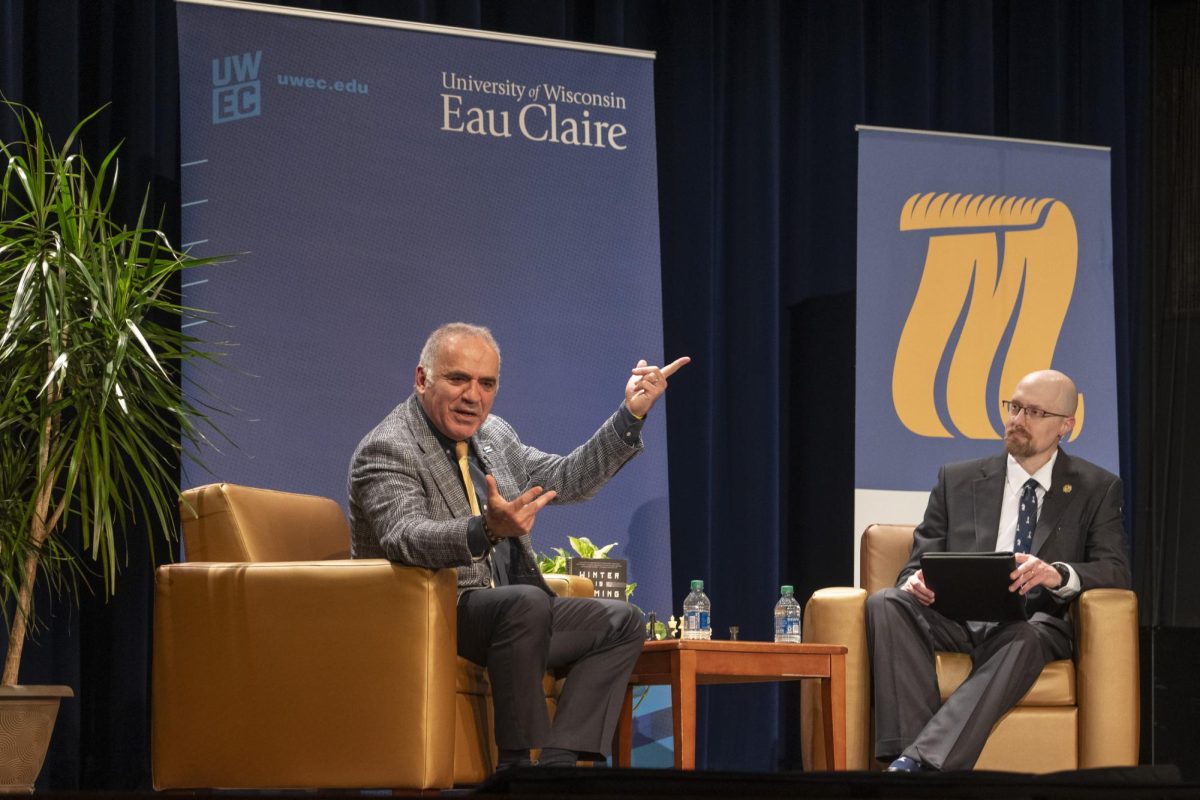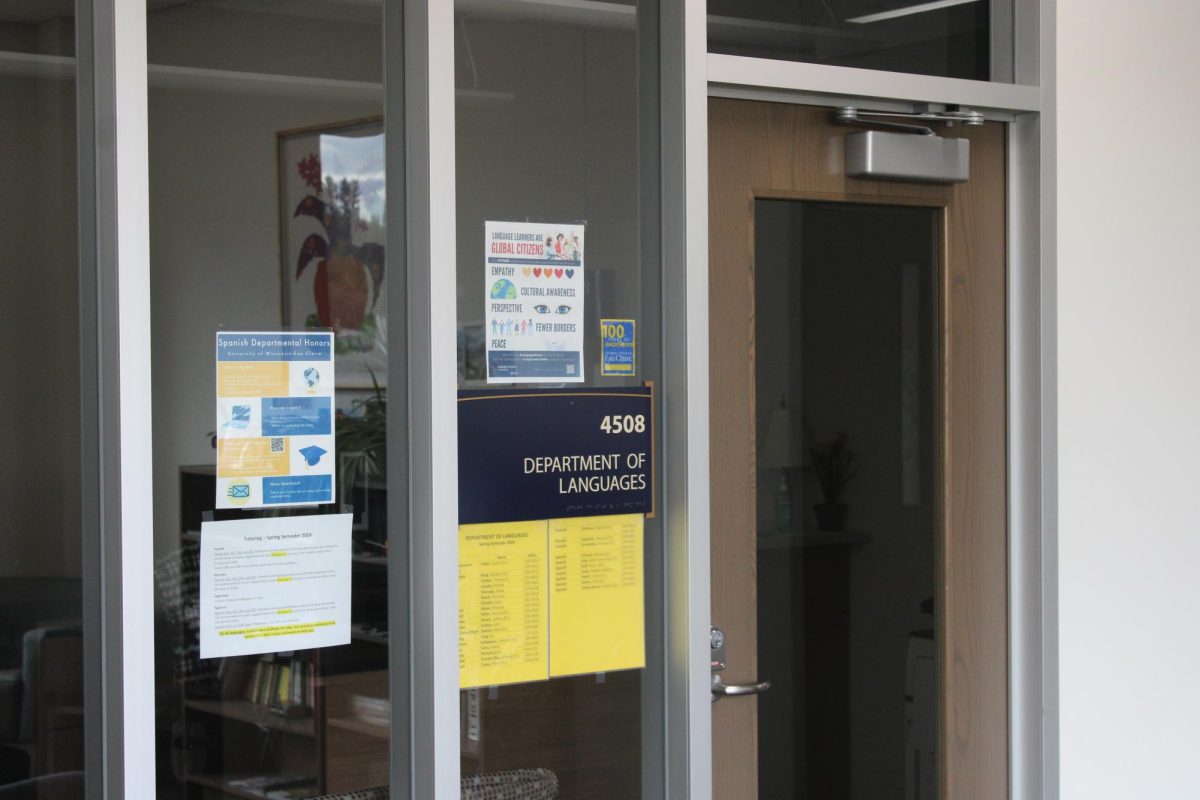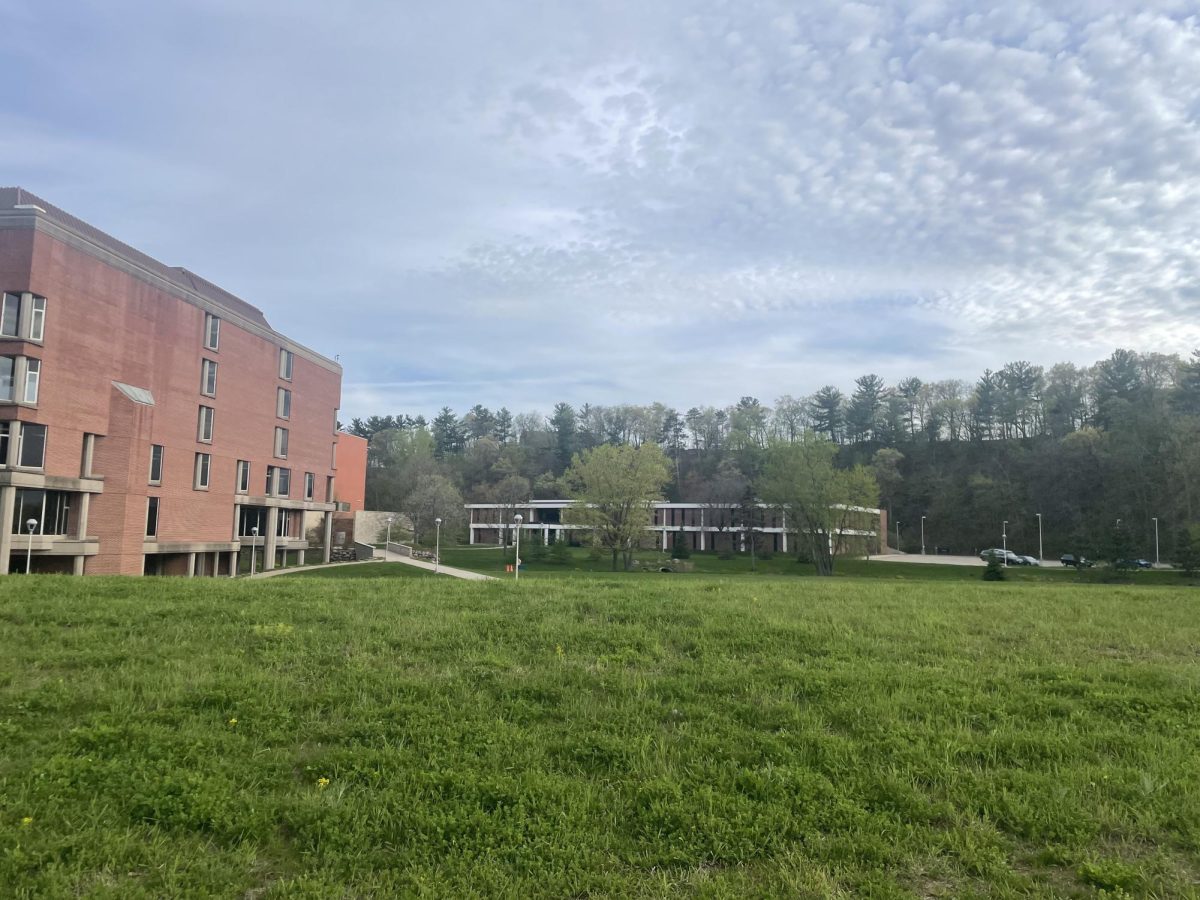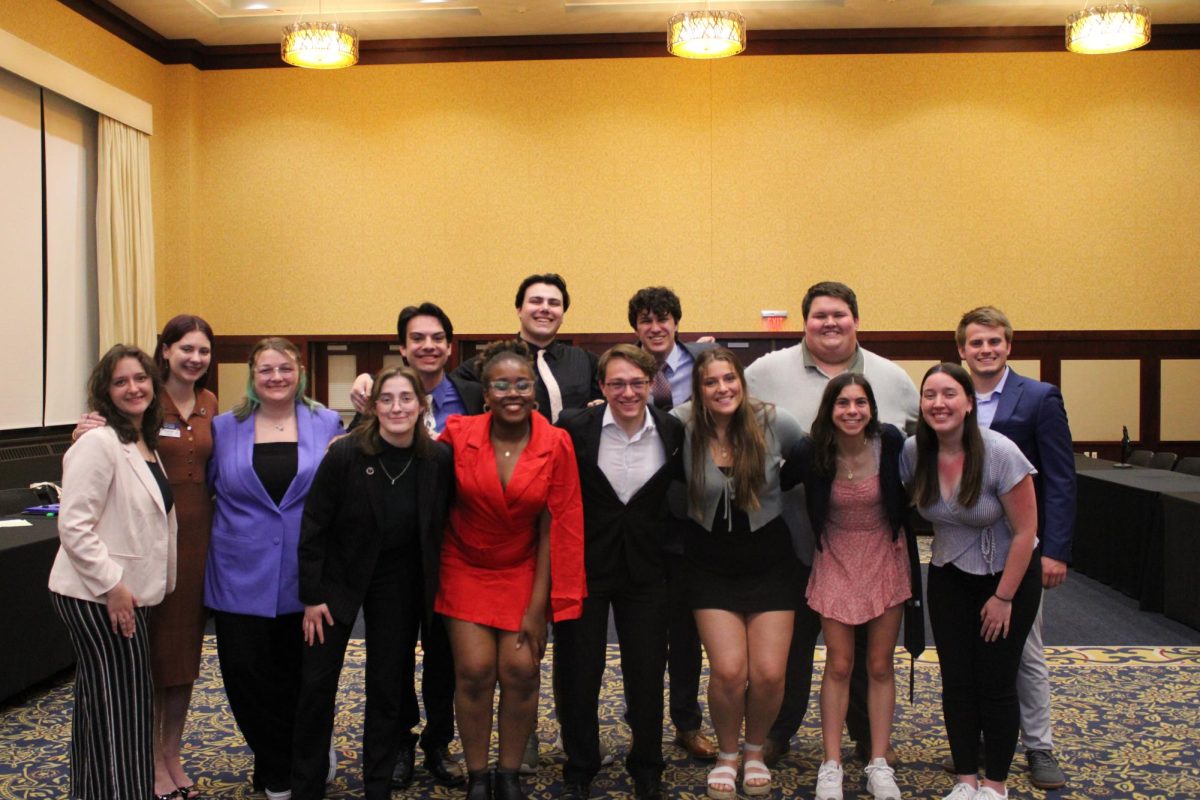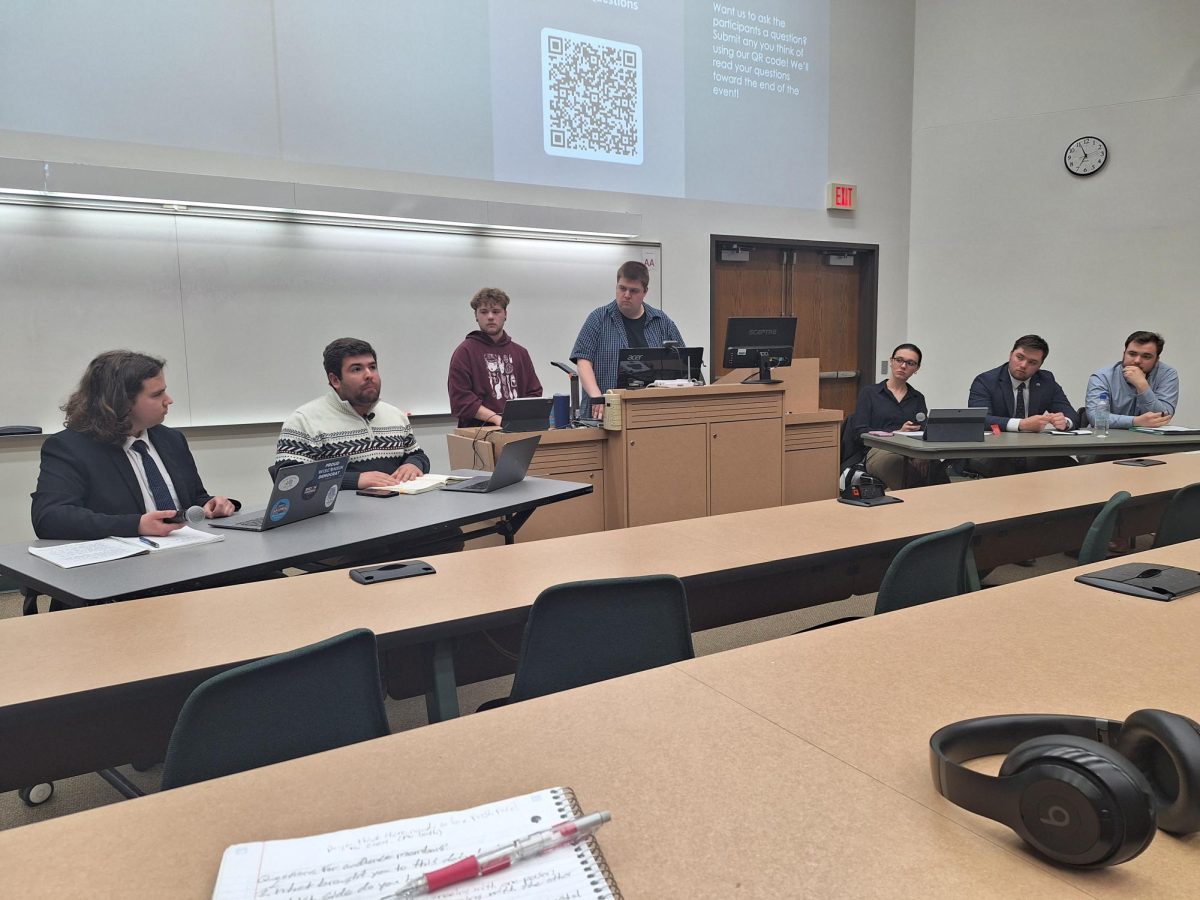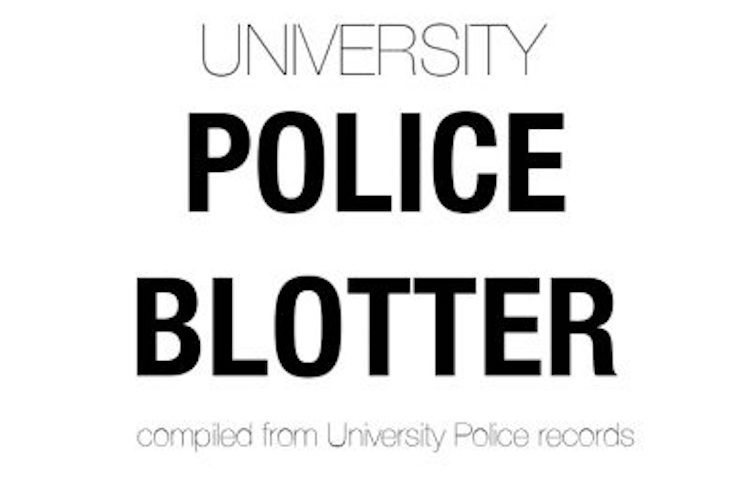| Find out more about the site, crew, cave and the dig. |
Imagine waking up at 5 a.m. every morning, having breakfast and riding an hour and a half on a safari wagon through the desert until you reach the top of a cliff.
After that, hiking another half hour back down the cliff and into a cave. There, you will find yourself in the shoes of senior Chris Morton and Harry Jol, associate professor of geography.
Jol has been on excavation expeditions in Israel three times in the past few years. He was invited to be a part of the 20-person crew because of his expertise in ground-penetrating radar equipment, he said. Because of the rarity of such training, Jol has been selected to do this kind of work for over 900 expeditions.
“I was chosen because we have the equipment at UWEC that can be used on these kinds of problems,” Jol said.
The GPS equipment uses radio waves to detect buried objects. It can penetrate soil and rocks.
Jol received his training of the equipment in graduate school from 1989 to 1993 at the University of Calgary.
Morton, who was part of the crew in July 2000, received a portion of his training through Geography 491, a class that travels to Nevada. That is where Morton learned how to use the pentop GPS unit, which uses a computer unit to plot points on a map.
“(I) actually couldn’t use it (Pentop GPS program) in the cave,” Morton said.
He explained he instead had to use a 2- by 2-meter grid that had been made over an exact map of the cave. “It was very dynamic,” he said.
The cave was located in the Judan Desert, 20 kilometers from Hebran and 3 to 4 kilometers inland west from the Dead Sea. The cave was called the Cave of Letters.
Jol, who went to Israel again in July, was invited back again next year. “If there is funding I am looking to go back and do more projects,” Jol said.
Jol was also asked to join researchers in New York City to sift through the debris from the Sept. 11 terrorist attacks, but Jol declined because he believed it would not work.
“It would not be successful because there is too much metal and too much debris,” he said. And his theory was correct, the radar could not be used.
Jol hopes to continue the expeditions with students, but unless there is support that cannot continue.
“The support of the university is what is needed,” Jol said. “In order to bring students and faculty into the research field.”

